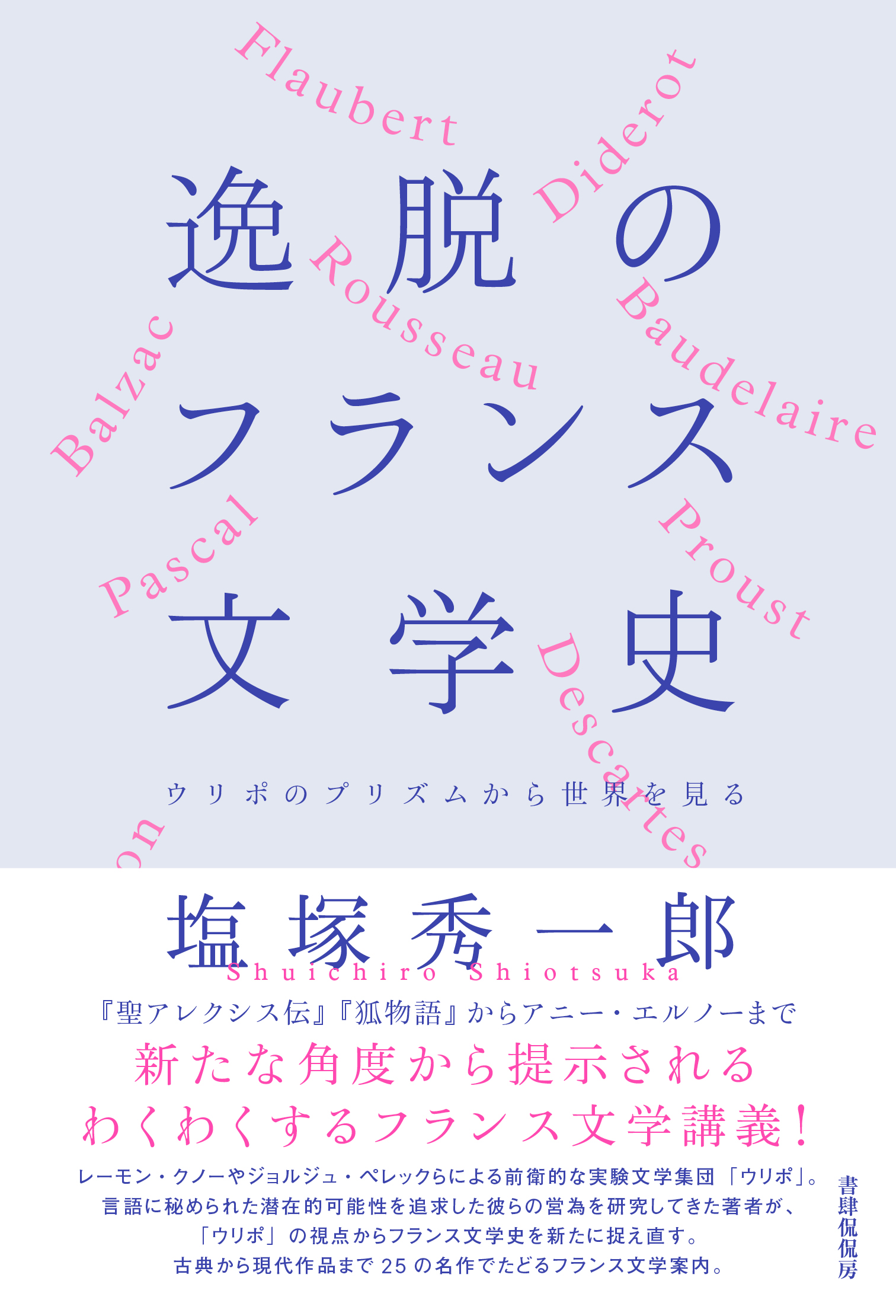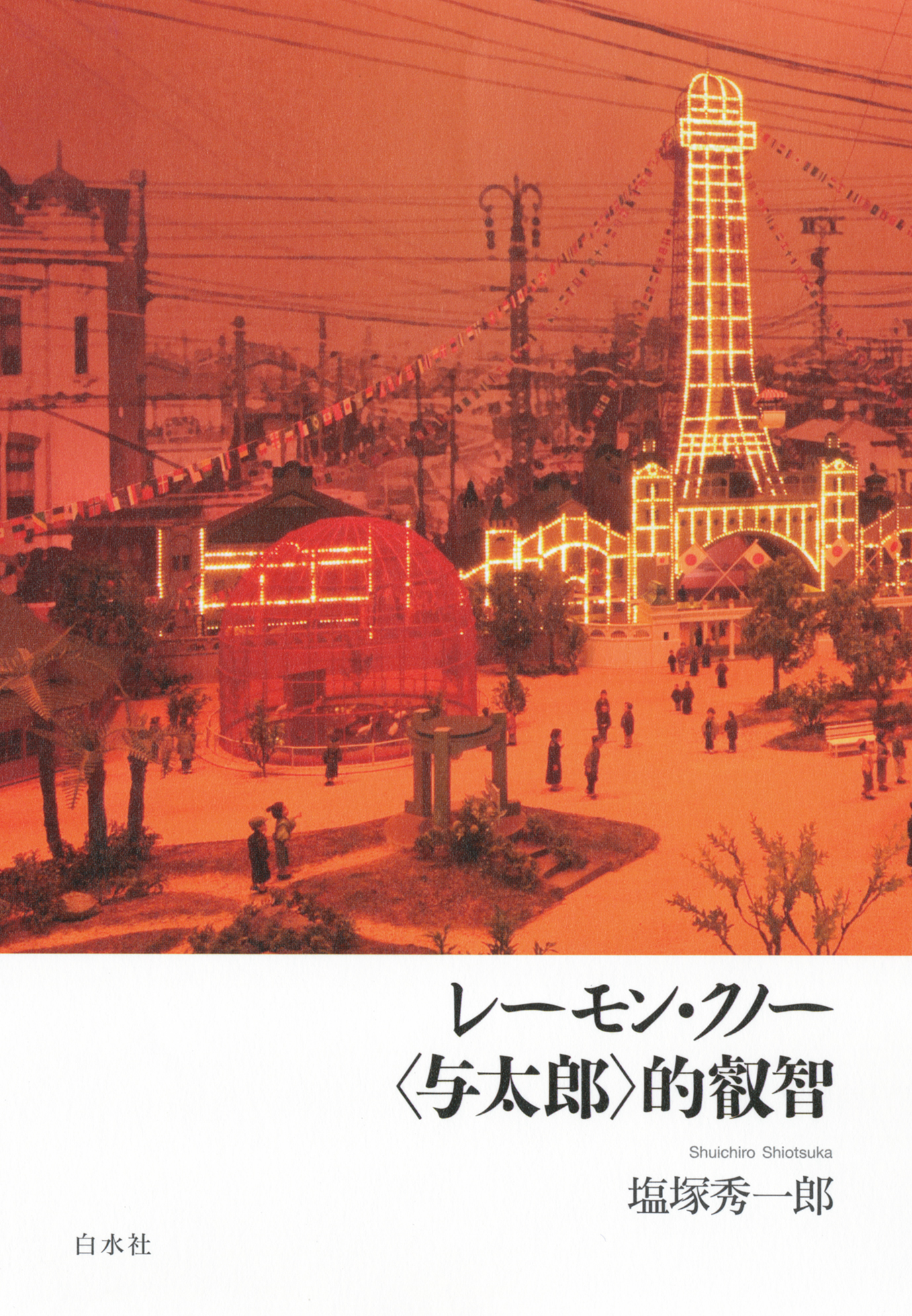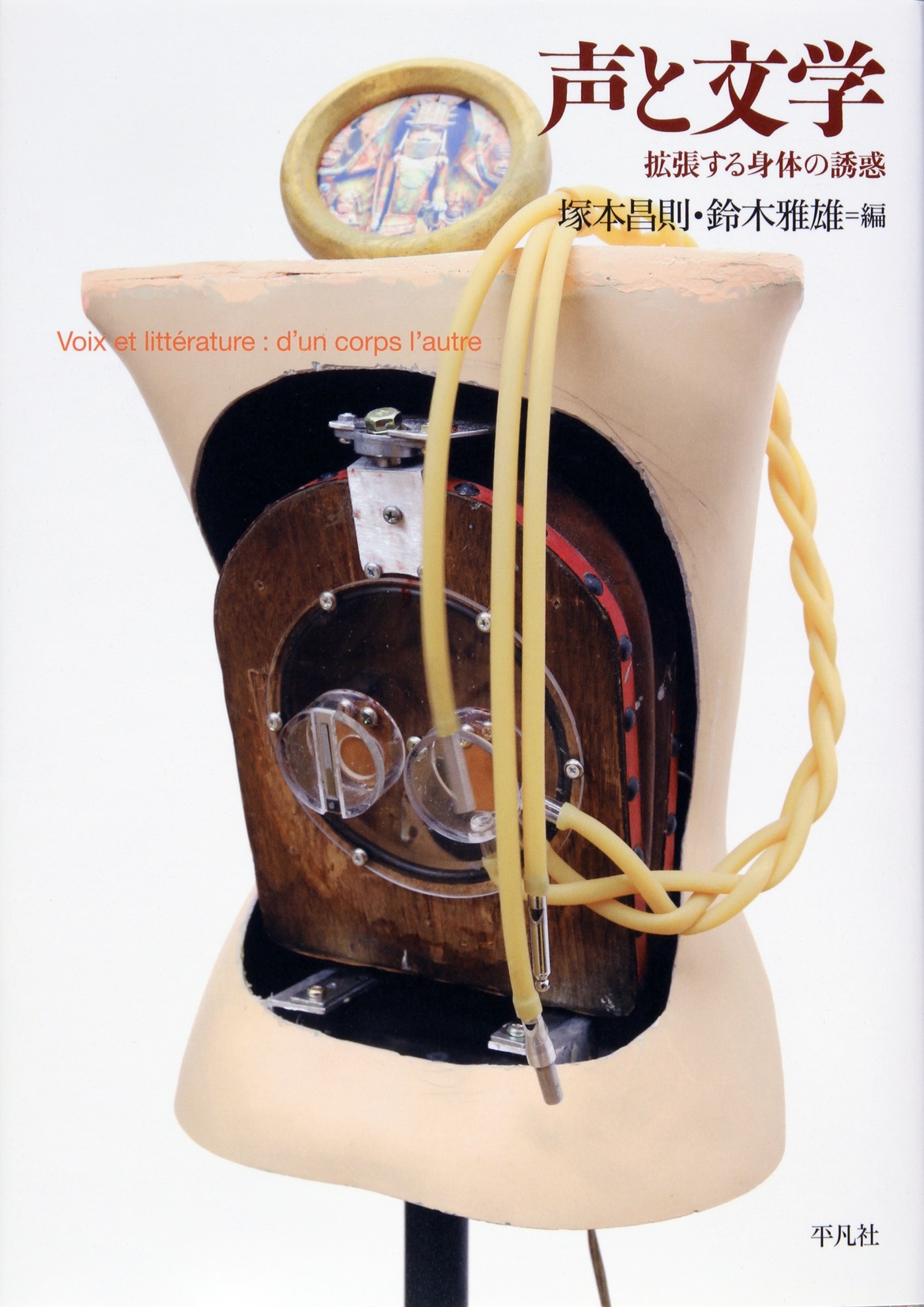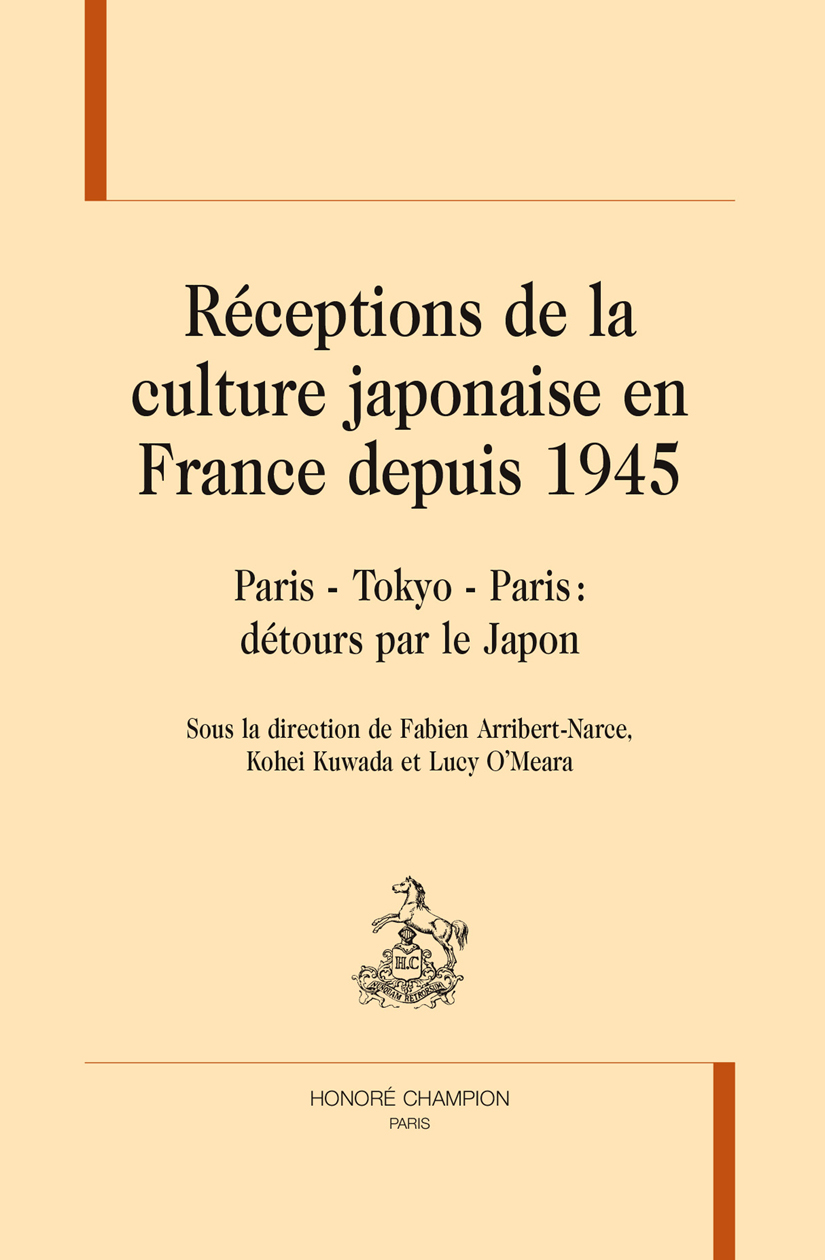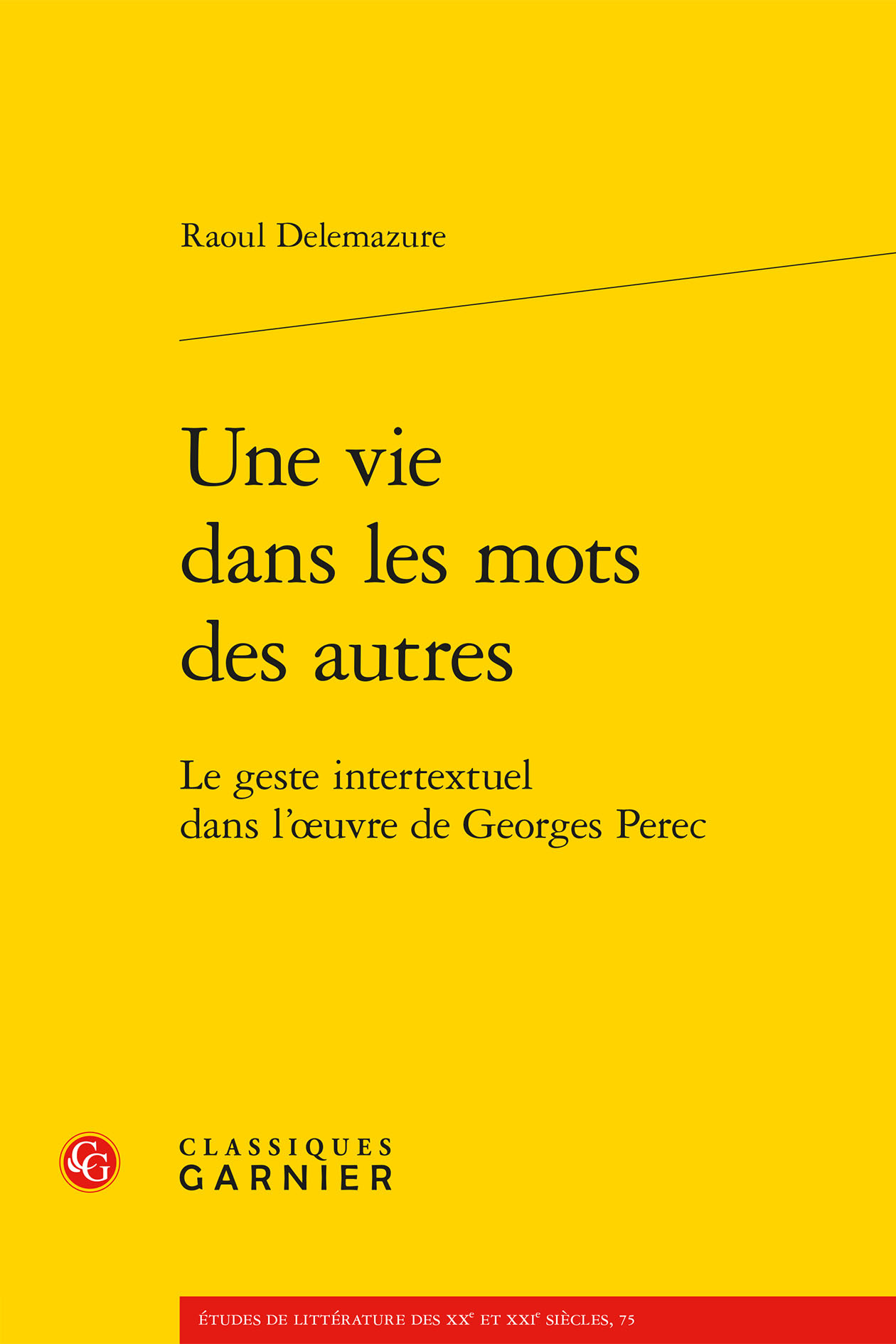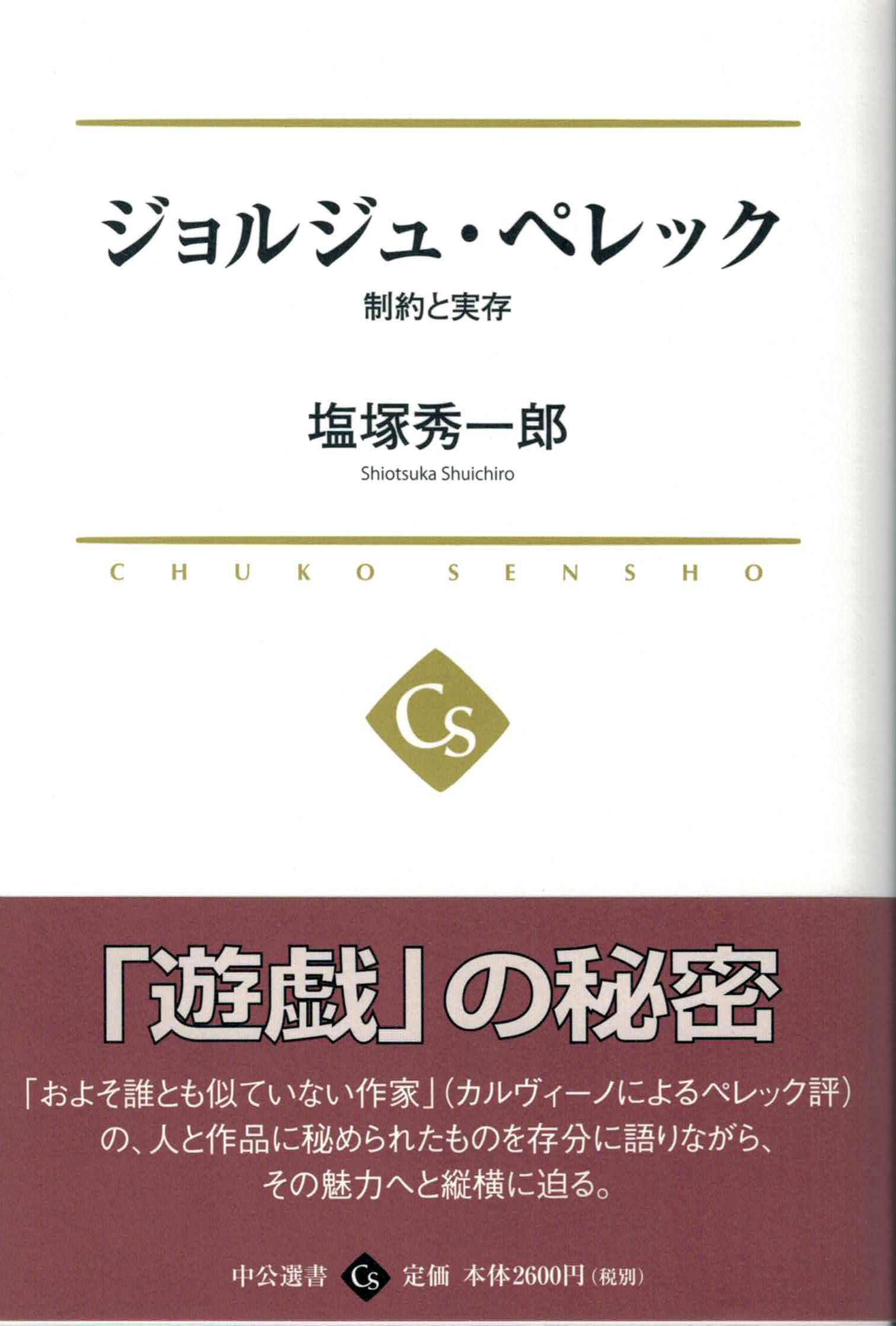
Title
Chuko Sensho Georges Perec (Constraint and Existence)
Size
456 pages, 127x188mm
Language
Japanese
Released
May 09, 2017
ISBN
978-4-12-110028-3
Published by
CHUOKORON-SHINSHA, Inc.
Book Info
See Book Availability at Library
Japanese Page
Georges Perec (1936-1982) is a French author known for daring, experimental works such as his novel A Void, written entirely without the use of the letter “e,” and his longer novel Life: A User’s Manual, which paints a detailed portrait of the people, things, and events in an apartment complex. Jablonka dubbed Perec as “one of the most innovative novelists of the second half of the twentieth century,” and now, more than three decades after his death, Perec is attracting unprecedented interest in France. This book aims to introduce Perec’s rare, eccentric literary individualism to mainstream Japanese readers.
Though most interest in Perec’s work is directed at his experimentalism, Perec admirers repeatedly describe their love for the author in emotional terms. For example, the popular American author Paul Auster called Perec’s W, or the Memory of Childhood, “one of the most intimate, moving books I read in the past twenty years.” However, how do writing constraints such as not using the letter “e” tie in with the intimacy and pathos extolled by Perec’s readers? This book revolves around Perec’s “secrets,” to consider the question of how the mechanical perfection of formal constraints, which seem to bear little relationship to human feelings, can be connected to the pathos felt by the author and his readers.
Initially, it may seem that, when an author has something to say, he should write about it directly. However, what happens when the author wishes to express “unspeakable topics” with sincerity? When told to write freely, the author may find himself unable to pick up a pen, or perhaps, once emotions begin to overflow, the author becomes unable to control himself and put his thoughts in order. Perec needed constraints when expressing “unspeakable topics,” such as the death of his mother in Auschwitz, both because such tragedy defies imagination, and because he did not witness it directly.
However, the utility of constraints in Perec’s work goes beyond the control of overflowing emotion. After World War II, Perec returned to the neighborhood where he had lived happily with his parents, only to realize that the modest everyday existence he thought would continue forever had vanished in an instant in a roundup of Jews. Daily routine may be ephemeral, but those who look upon daily routine with awareness of this ephemerality are few—most people take their daily life for granted. When this happens, constraints which go beyond writing into daily living, such as only walking down streets with names beginning with a specific letter, or continuously observing the same square for three days, serve to alter perspective enough that the daily routine we have become unable to see becomes visible again. These constraints are not merely a unique expressive method relied on by one author shouldering a difficult past, but also may serve as a useful approach to helping those of us who live too immersed in our daily routine to notice our lives from a new angle.
(Written by SHIOTSUKA Shuichiro, Associate Professor, Graduate School of Humanities and Sociology / 2018)



 Find a book
Find a book


